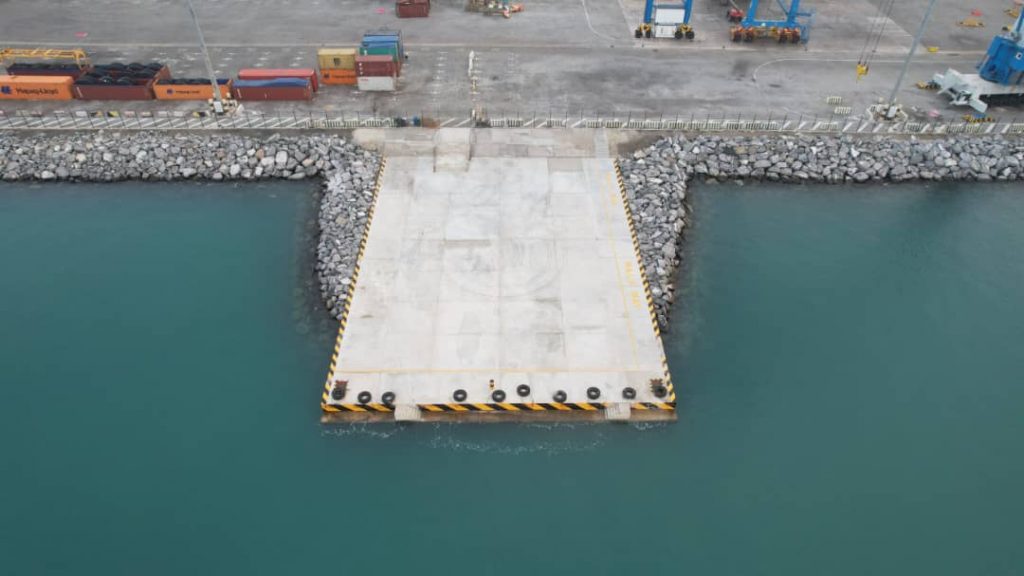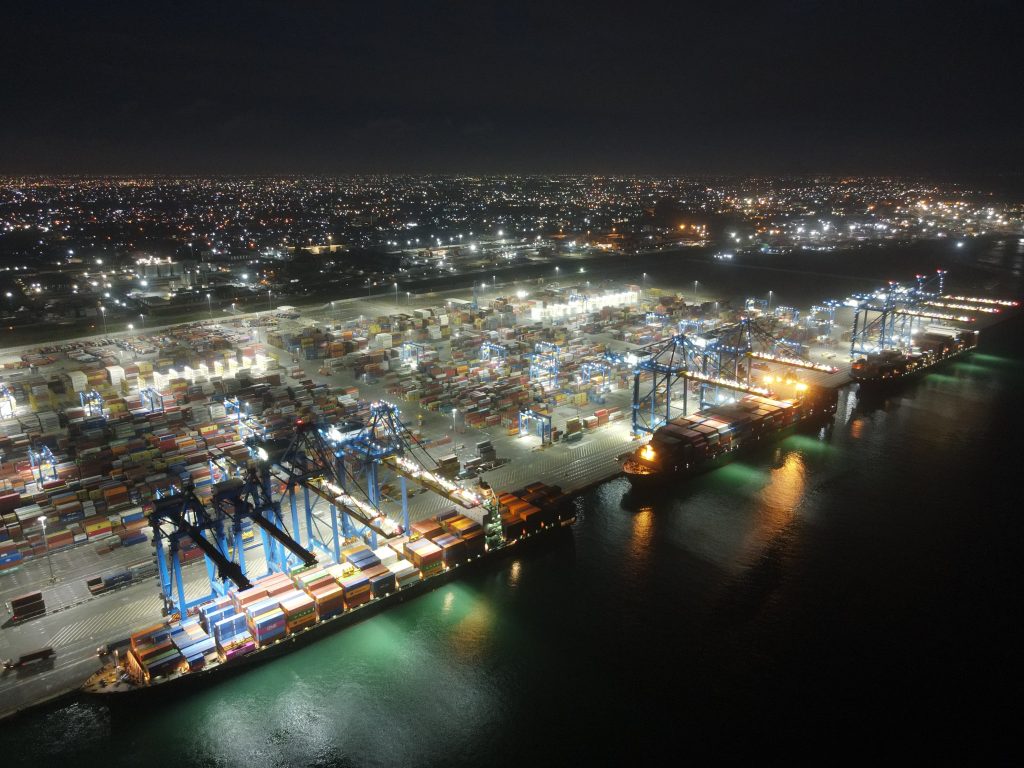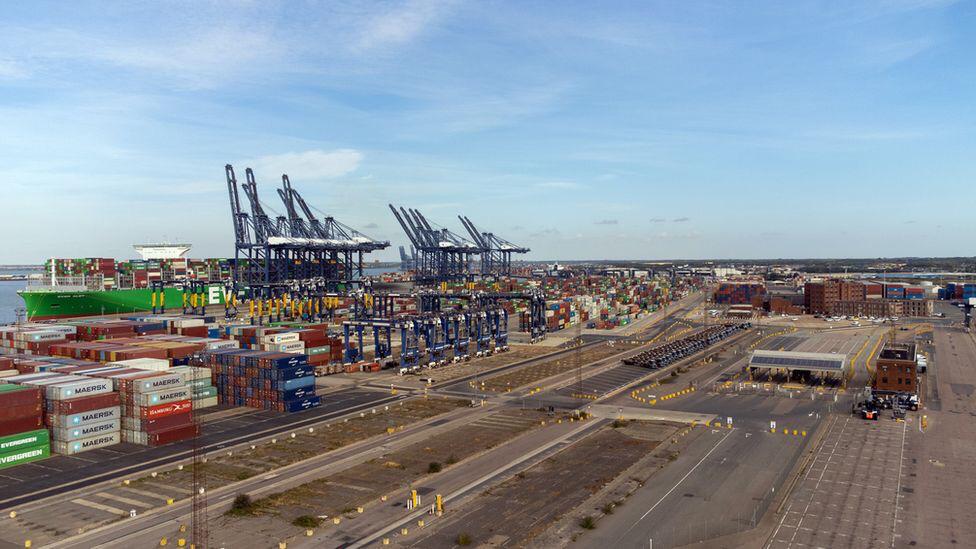In a statement, the authority confirmed that the safety of procedures for handling dangerous goods, emergency plans and scenarios of behavior in different situations and the extent to which workers understand them in practice, and the safety of environmental protection measures “waste disposal plan – oil pollution control plan” and their practical application, and the passage of “Operations – Crisis Management” centers to ensure the integrity of the measures taken.
It also confirmed that all yards, warehouses, companies and berths were passed to ensure the safety and suitability of all equipment used in the loading and unloading work in a manner that achieves the security and safety of handling operations, and to ensure the safety of all civil protection procedures followed in seaports and to implement a firefighting maneuver in one of the marine units in the port. And passing through the central examination laboratories and joint examination committees in the seaports, and ensuring the integrity of the procedures for entering and exiting the port gates for trucks and goods, and passing through the marine units operating in the ports to ensure their technical suitability for sailing. .
Major General Engineer Mohamed Abdel Rahim, head of the Red Sea Ports Authority, stressed to all members of the port community the need to implement the instructions of Lieutenant General, Engineer Kamel Al-Wazir, Minister of Transport, to periodically pass through all warehouses and yards for a comprehensive and accurate inventory of all goods and negligence in the port to quickly dispose of those goods by safe legal methods and to follow all safety procedures Occupational health and raising the degree of maximum preparedness during the exchange of goods and the transport of dangerous materials from ports .
The committee is made up of several different sides

Standing Committee for Ports Affairs

Inspect the ports of Suez and Al-Zayyat

Committee for the safe disposal of dangerous goods

The work of the Permanent Committee for Ports Affairs
Source:https://news.trenddetail.com/middleeast/amp/78034










